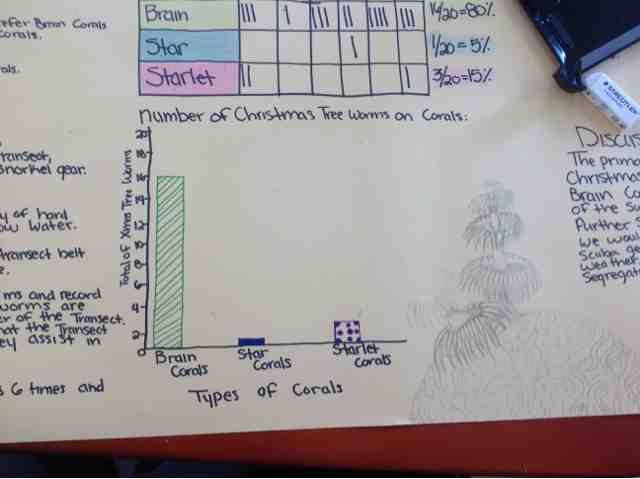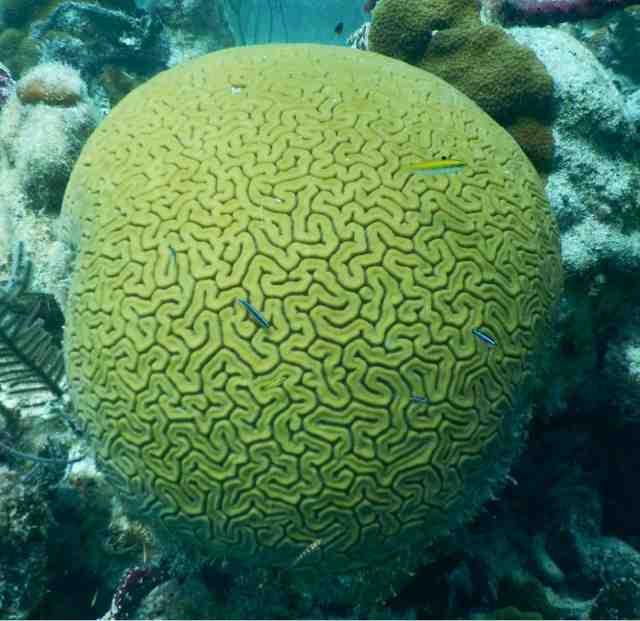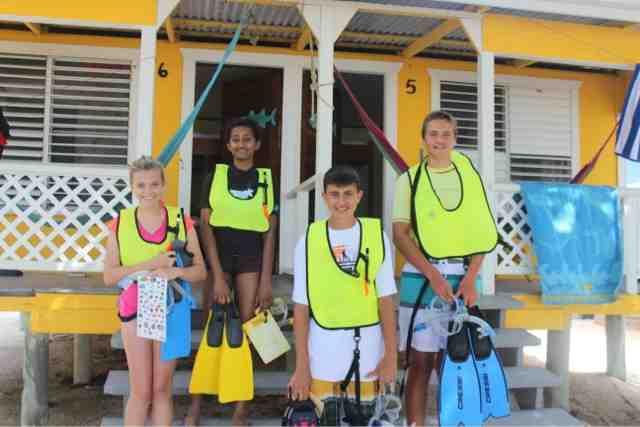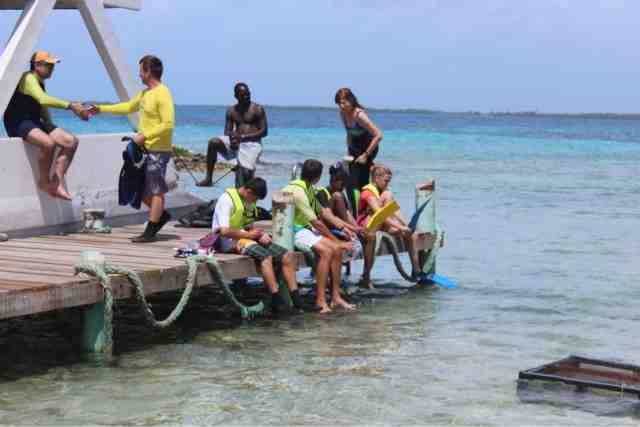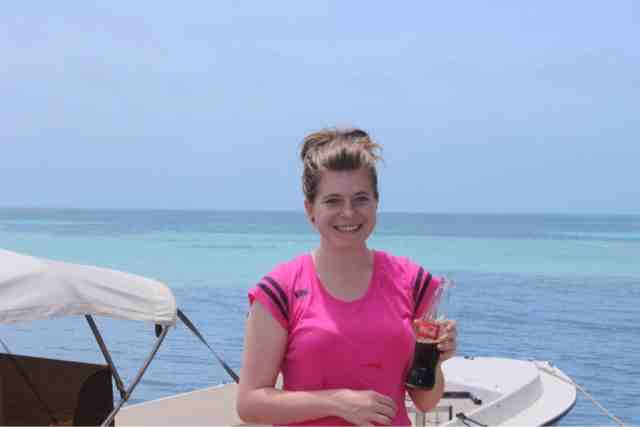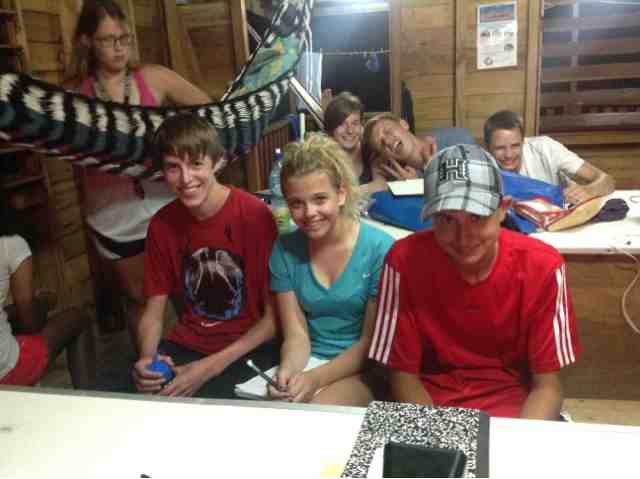How much damage do flamingo tongues cause to gorgonians?
Hypothesis:
Flamingo tongues do not cause drastic amounts of damage to the gorgonian population.
Methods:
I went out snorkeling on the coral reef in search of flamingo tongues with my dive partner Evan and the rest of the group, the flamingo tongues were found on gorgonians on which they feed on. The measurement of the damage done to the gorgonians by the flamingo tongues was measured in centimeters and was recorded on an underwater slate, as well as the amount of flamingo tongues found on each gorgonian, and the species of gorgonian they were found on. For every gorgonian that had flamingo tongues present, I randomly selected a gorgonian in the same general area of the same species and recorded the amount of damage present, in order to compare gorgonians health with flamingo tongues present and gorgonians health without flamingo tongues present.
Results:
The gorgonians with 0-5 centimeters of damage was 4 for the gorgonians with flamingo tongues and 7 For the gorgonians without flamingo tongues present. Gorgonians with 6-10 centimeters of damage was 6 for the ones with the tongues present and 4 for with out the tongues present. Gorgonians with 11-15 centimeters of damage was 4 for the gorgonians with tongues present and 1 without the presence of flamingo tongues. Gorgonians with 16-20 centimeters of damage was 1 for the gorgonians with tongues present and 2 for the gorgonians where the tongues were not present. And one fan that had no tongues present had damage between 21-25 centimeters of damage.
Conclusion:
The conclusion drawn from the experiment is that flamingo tongues do not generally cause large amounts of damage to the gorgonians, but if they were in a large enough group they could do a significant amount of damage.
The hypothesis was accepted with one exception. Flamingo tongues do not cause drastic amounts of damage to gorgonians unless they are in a large group. The more flamingo tongues there are on a gorgonian, the larger the amount of damage dealt.
Discussion:
There were several limitations, it was somewhat difficult to find lots of flamingo tongues, also the limitation of time, and resources that were available. If I were to continue my research on flamingo tongues and had unlimited time and resources, I would set up aquariums with gorgonians and flamingo tongues and further observe their feeding habits and damage dealt to gorgonians in a more controlled environment, and further observe to see if there are certain species of gorgonians they prefer to feed on more so than others.
-Isaak





